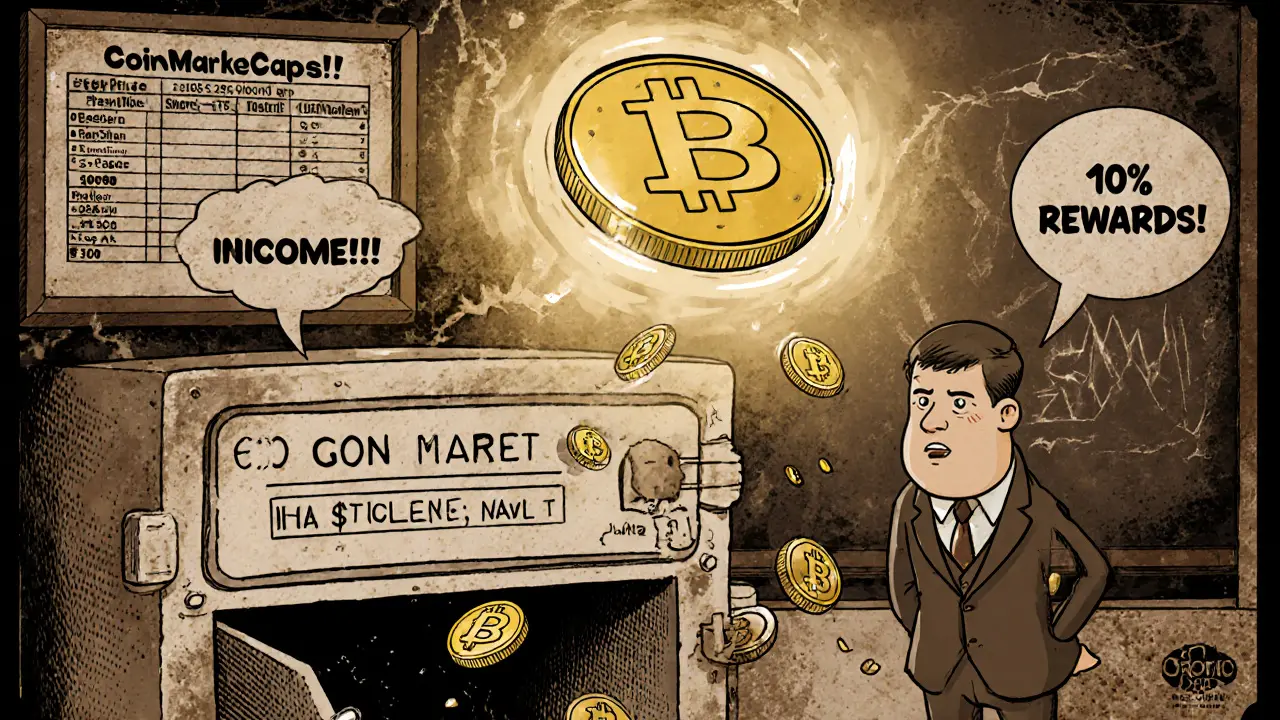CoinMarketCap Listing: What It Really Means for Crypto Tokens
When a crypto project gets a CoinMarketCap listing, a verified presence on the world’s largest cryptocurrency data platform that signals transparency and market recognition. Also known as crypto exchange listing, it means the token has met basic criteria for trading data, liquidity, and project legitimacy—no matter how small the team or how new the coin. This isn’t just about being on a website. It’s about being seen by traders, investors, and airdrop platforms that use CoinMarketCap as their truth source.
But here’s the catch: not every listing is real. Scammers create fake CoinMarketCap pages, clone logos, and push fake airdrops to trick you into connecting your wallet. Projects like Convergence Finance and WorldShards had real CoinMarketCap listings and actual airdrops tied to them—while ZeroHybrid Network and WHITEX had zero official presence, yet still pulled in victims. A true CoinMarketCap listing requires verified token contracts, active trading volume, and often, a team that can respond to questions. It’s not a paid ad. It’s a data feed that updates automatically from exchanges like Binance, KuCoin, or Bybit. If you see a token on CoinMarketCap with no trading pairs, no exchange support, or no team info, it’s probably a ghost.
That’s why CoinMarketCap listings matter so much in airdrops. The Convergence Finance x CoinMarketCap airdrop in 2025 worked because CoinMarketCap was the gatekeeper—users had to verify their accounts there before claiming CONV tokens. Meanwhile, fake airdrops like ART Campaign or FARA use the name to sound official, but CoinMarketCap never hosted them. If a project says "get tokens via CoinMarketCap" but you can’t find it on the site, you’re being misled. Real listings show trading pairs, market cap, volume, and community metrics. Fake ones show nothing but a logo and a phishing link.
And it’s not just about airdrops. A CoinMarketCap listing can make or break a project’s survival. Without it, even legit tokens like DGTA or MTLS struggle to gain traction. Exchanges won’t list them. Wallets won’t support them. Investors won’t trust them. That’s why crypto businesses chasing compliance—like those under MiCA or AML rules—see CoinMarketCap as a necessary step, not a luxury. It’s the digital equivalent of a business license.
What you’ll find below isn’t just a list of posts. It’s a collection of real stories—some about tokens that made it, others about scams that pretended to. You’ll see how CoinMarketCap listings connect to exchange reviews, airdrop traps, regulatory risks, and token utility. No fluff. No hype. Just what actually happens when a crypto project tries to get noticed—and what happens when it fails.
GDOGE Airdrop and CoinMarketCap Listing: What Really Happened to Golden Doge Token
by Johnathan DeCovic Nov 14 2025 6 CryptocurrencyGDOGE was promoted as a meme coin with BNB rewards and a CoinMarketCap listing, but it's now a dead project with zero trading volume, empty rewards, and abandoned development. Here's what really happened.
READ MORE
